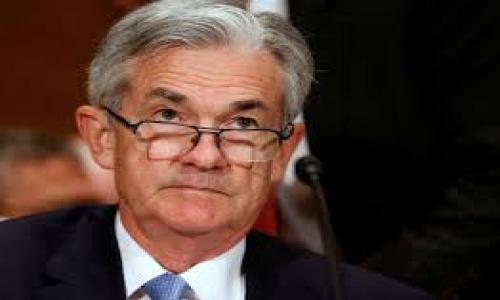The Federal Reserve, acting today in Janet Yellen’s final meeting as the Chairman, voted to raise the Fed Funds rate by 25 basis points. The Fed funds target rate is now 1.25% to 1.50%. The Fed is continuing to guide towards three 25 basis point rate hikes in 2018 which would lead to a Fed Funds rate of 2.00% by December of 2018. Although there were two dissenters, and although Jerome Powell and an entirely new team of five Federal Reserve governors will be assuming roles in January, most economists agree that there will be three hikes in 2018.
We are slowly but surely seeing a normalization of interest rates in an effort to curb liquidity as the economy has moved over the last eight years from a dramatic recession to fast expansion. Easy money is no longer required, and it is clear that the Fed, even under Jerome Powell, will raise rates further and in a measured way over the next two years, baring a shock to the economic system.
The pace of rate hikes, nonetheless, will continue to be especially slow for retirees, those who are averse to investments in the stock market, and others who otherwise depend on a risk-free rate of return in order to maintain a certain standard of living.
Savings rates are higher now that they were at the beginning of the year, and may move still higher as we move through 2018. While the spread between average online savings rates and average online one-year CD rates has widened over the course of 2017 from about 33 basis points to about 45 basis points (see the third graph in our rate analysis), one-year CDs are not particularly compelling if you believe rates will continue to rise. Rates are rising on longer term CDs as well, but if you expect continued rate moves in 2018, moving to higher yielding online savings accounts seems to be the best bet here.
When the Federal Reserve raises the Fed funds rate, as it did today, you also often see an immediate move in the prime lending rate offered by most major banks. We expect that most banks will immediately raise their prime lending rate by 25 basis points which will have an equally immediate flow-through to credit card rates and auto loan rates. If you have been considering locking into a home equity loan or a new fixed rate mortgage, you may want to consider doing so before the Fed’s moves again in a few months.













Add your Comment
or use your BestCashCow account